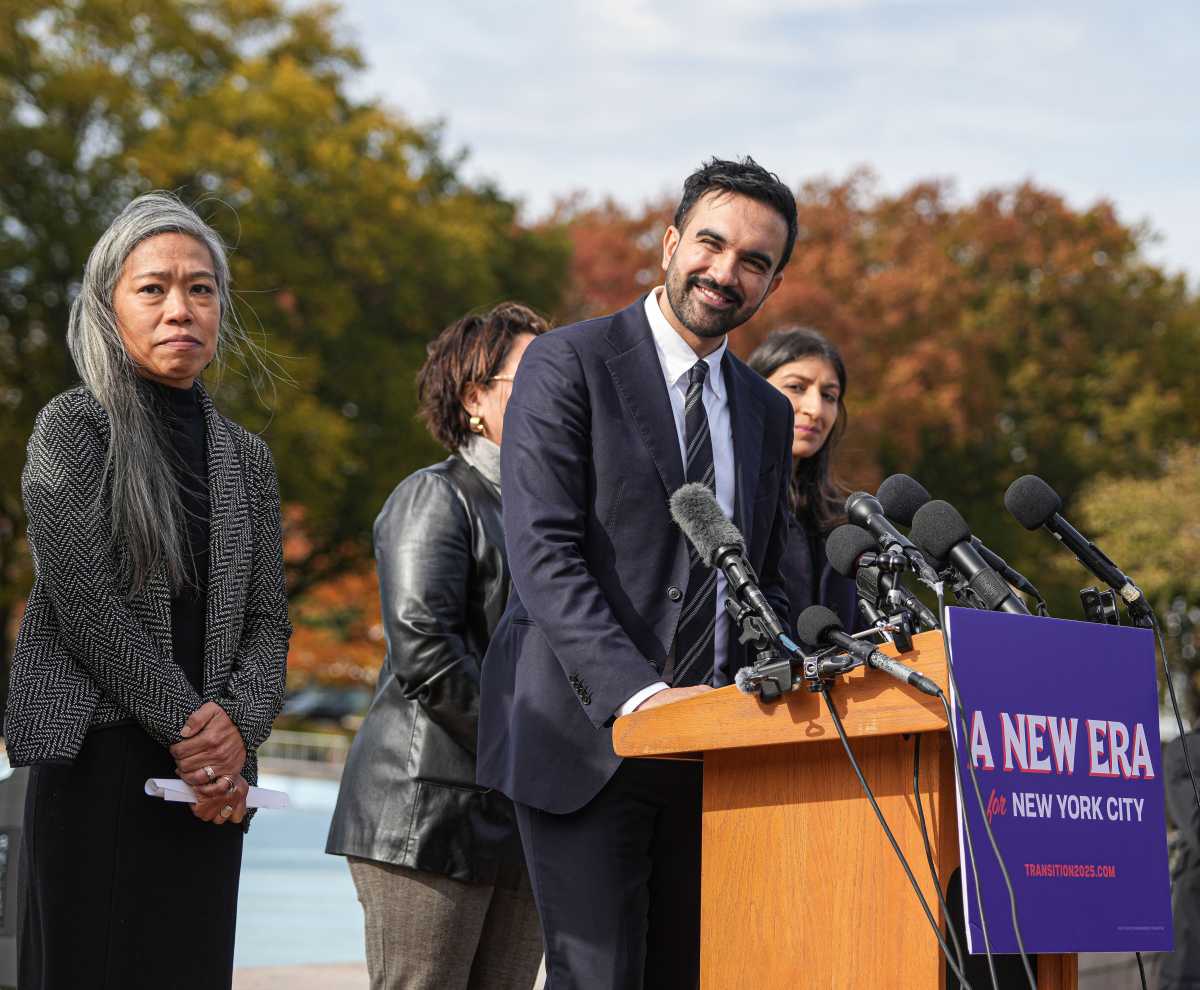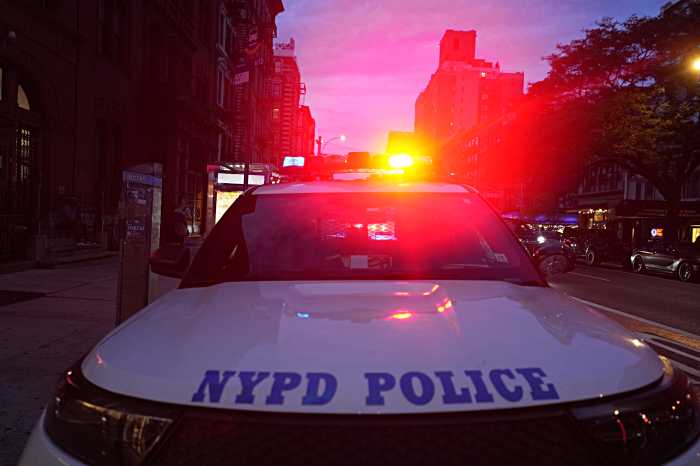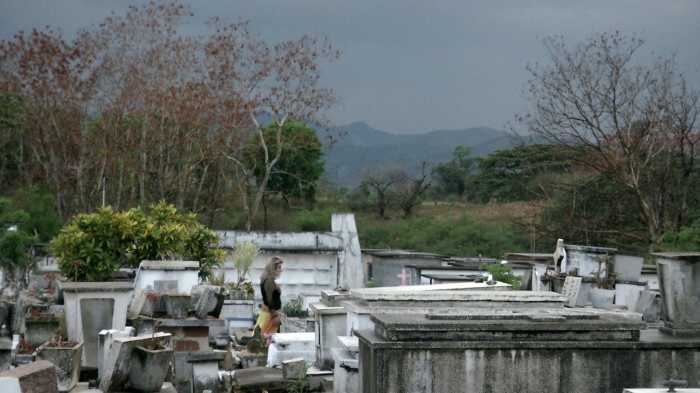Members of the city’s Cultural Institutions Group (CIG) are breathing a little sigh of relief after the budget agreement reached will likely save the institutions from the crippling cuts that could have devastated the organizations.
Under the budget agreement announced on Monday, June 15, which the full City Council is expected to vote on and approve on Thursday, the CIGs can expect to see nearly $16.1 million of the proposed $18 million in cuts restored.
“I think it’s very promising,” said Susan Lacerte, Executive Director of the Queens Botanical Garden. “It shows that the councilmembers, elected officials and government leaders understand the importance of the cultural [organizations] in the fabric of the community.”
In addition to the Queens Botanical Garden, seven other organizations in Queens are a part of the 34-member CIG – Flushing Town Hall, Jamaica Center for Arts and Learning (JCAL), Museum of the Moving Image, New York Hall of Science, P.S. 1 Contemporary Art Center, Queens Museum of Art and Queens Theatre in the Park. Until the budget is finalized, it is unclear what the exact dollar amount each organization will lose.
Queens City Councilmember Leroy Comrie, who was instrumental in fighting for the restoration of funds, said he was happy to see that the organizations will not experience draconian budget cuts, and he said that the Council might be able to restore more funding if some stimulus money comes through.
In addition, Comrie said he is working to level the playing field regarding per capita funding that the Queens institutions receive. The eight Queens CIG institutions, which serve more than the 2.28 million people in the borough, receive only roughly $2.88 per capita arts support – less than half of what any other borough receives. Brooklyn receives $6.35 per capita, Staten Island gets $8.73 per capita, the Bronx $9.73 and Manhattan $18.05.
Comrie said he made the disparity a major issue, and the City Council is going to set up a group to examine why Queens cultural institutions receive substantially less funding.































